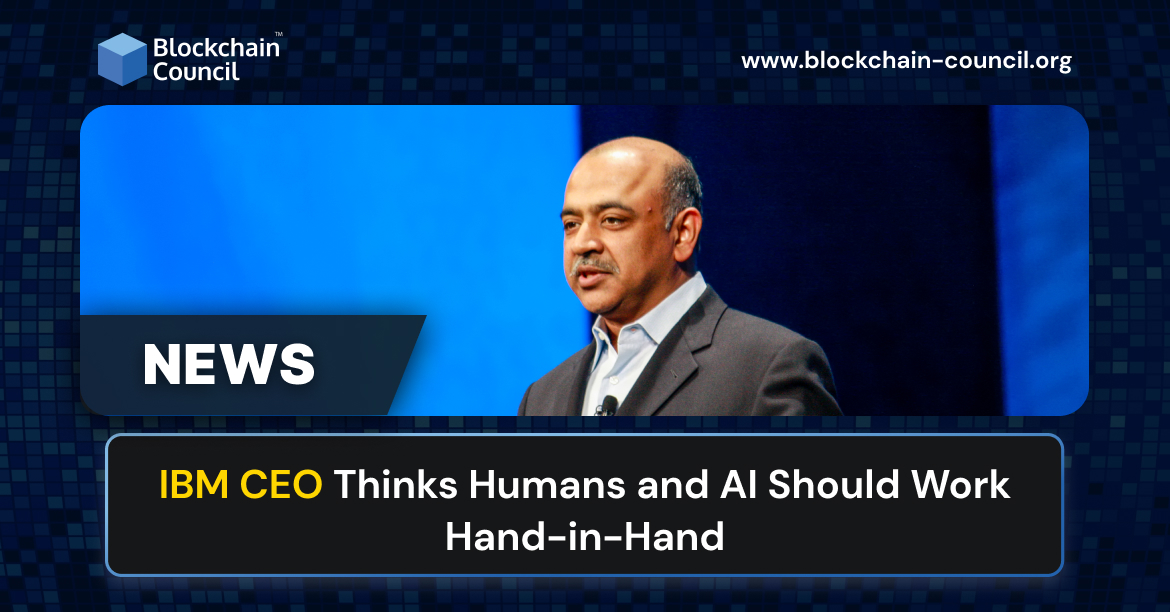
- Blockchain Council
- September 29, 2024
Artificial General Intelligence (AGI) represents a type of AI designed to perform nearly any task a human can handle. Unlike today’s AI, which is exceptional in narrow areas like playing games or identifying objects, AGI aims to mirror human mental capabilities across many domains. While this idea is mostly theoretical at the moment, it marks a potential shift from current AI, which is confined to specific, predefined roles.
What Sets AGI Apart from Current AI?
Today’s AI systems, often called Narrow AI, are built to manage particular tasks. These systems use large datasets and set algorithms to perform functions like translating languages, playing games, or diagnosing health conditions. For instance, models like ChatGPT utilize vast data to generate human-like responses, yet they lack the flexibility to understand or think beyond their training data.
AGI would not be limited in this way. It would be capable of learning and adapting to new, unknown challenges similarly to human thought. This ability would enable AGI to not only perform tasks but also grasp the context, learn from errors, and apply knowledge across varied areas. This broad skill set distinguishes AGI from the AI technologies we use today.
How Close Are We to Reaching AGI?
The road to AGI involves both hope and caution. Despite significant AI progress, many experts suggest we are still decades away from achieving true AGI. Present efforts focus on foundational technologies that might lead to AGI in the future. For example, SingularityNET is working on developing a network of powerful computers to train advanced AI systems. Expected by 2025, this network aims to aid AGI development by combining deep neural networks and other advanced models.
The path is complex, with numerous technical barriers still in place. Key challenges include creating AI that can independently learn from experiences and self-improve without human guidance. Additionally, ensuring that these systems operate safely and ethically, particularly given the risks linked with autonomous decision-making, is essential.
Recent Developments in AGI
- Supercomputing Networks: A major advancement toward AGI is the creation of supercomputing networks specifically tailored to boost AI capabilities. These networks, equipped with advanced processors and graphics units, are intended to meet the high computational demands of AGI. For instance, companies like SingularityNET are merging new AI models with supercomputers that can adapt and learn in complex ways, imitating some human-like thought processes.
- Multi-Modal AI Systems: Multi-modal AI is being developed to process inputs from different sources, like text, images, and sounds. These systems strive to replicate human abilities by handling information from multiple channels simultaneously. Such AI can understand speech, identify gestures, and generate context-aware responses, edging closer to AGI’s aim of cross-domain learning.
- Neural Networks and Deep Learning: Today’s AI heavily relies on deep learning, a subset of machine learning involving neural networks that simulate the brain’s processing patterns. These networks can detect patterns in data, laying a foundation for AGI’s cognitive frameworks. However, deep learning alone isn’t enough for AGI since it lacks the capability to generalize knowledge across unrelated tasks.
Examples and Emerging Applications
While AGI remains a concept, some applications show glimpses of what AGI might accomplish. Advanced AI systems like DeepMind’s AlphaZero, which can learn and excel in games like chess and Go without human input, demonstrate how machines can teach themselves complex activities. Yet, these systems still fall short of the broad reasoning and adaptability defining AGI.
Another example is large language models like GPT-4, which generate text based on extensive datasets, mimicking human conversation. Although impressive, these models do not genuinely understand the content they produce. AGI would need to integrate knowledge from various fields and reason through new situations in ways that current AI cannot.
Potential Advantages and Risks of AGI
The potential benefits of AGI are vast. AGI systems could transform industries, drive scientific discoveries, and tackle complex global issues such as climate change and disease control. They could perform tasks beyond human abilities, like accurately predicting natural disasters or discovering new medical treatments.
However, AGI also brings significant risks. A major concern is losing control as AI systems become increasingly autonomous. There are ethical challenges in managing AGI’s decision-making, particularly if the systems develop unintended behaviors. Developers must also consider societal impacts, including job loss and privacy concerns, as AGI could disrupt existing economic systems.
Challenges in Developing AGI
Achieving AGI involves overcoming numerous challenges, including technological, ethical, and social factors. Technologically, current AI depends on large datasets and significant computational power. For AGI, systems must advance beyond data-driven learning, requiring novel algorithms that support reasoning, creativity, and generalization across multiple areas.
Ethically, AGI raises issues of control, safety, and societal impact. If AGI surpasses human intelligence, managing its integration into society becomes crucial. Ensuring that AGI systems are developed with safety and ethical considerations in mind is essential to avoid misuse or unforeseen consequences.
Future Outlook for AGI
Looking forward, the journey to AGI will likely consist of gradual improvements in AI research. Scientists are exploring innovative approaches like neural-symbolic AI, which merges traditional AI with symbolic reasoning to help machines grasp and manipulate concepts, not just data. Advances in techniques like federated learning, where systems learn collaboratively without sharing raw data, could also bring us closer to AGI.
Although the timeline for AGI remains uncertain, ongoing investments in AI research suggest that significant advancements are on the horizon. Organizations like SingularityNET and collaborations among global AI researchers will be key players in this progress. Ultimately, AGI could redefine the interaction between humans and machines, creating systems that think and learn in ways similar to human intelligence.
Conclusion
AGI is one of the most ambitious goals in artificial intelligence. While considerable progress is being made, the path is intricate and requires a careful balance of innovation, safety, and ethics. With ongoing AI research, supercomputing, and neural network advancements, we are slowly moving closer to AGI.
However, understanding the implications and preparing for future challenges is critical as we approach the development of systems that can potentially rival human intellect. Progress is gradual, but the impact of AGI could reshape what humans and technology can achieve together.




































































 Blockchain Council
Blockchain Council Guides
Guides News
News Blockchain
Blockchain Cryptocurrency
& Digital Assets
Cryptocurrency
& Digital Assets Web3
Web3 Metaverse & NFTs
Metaverse & NFTs
